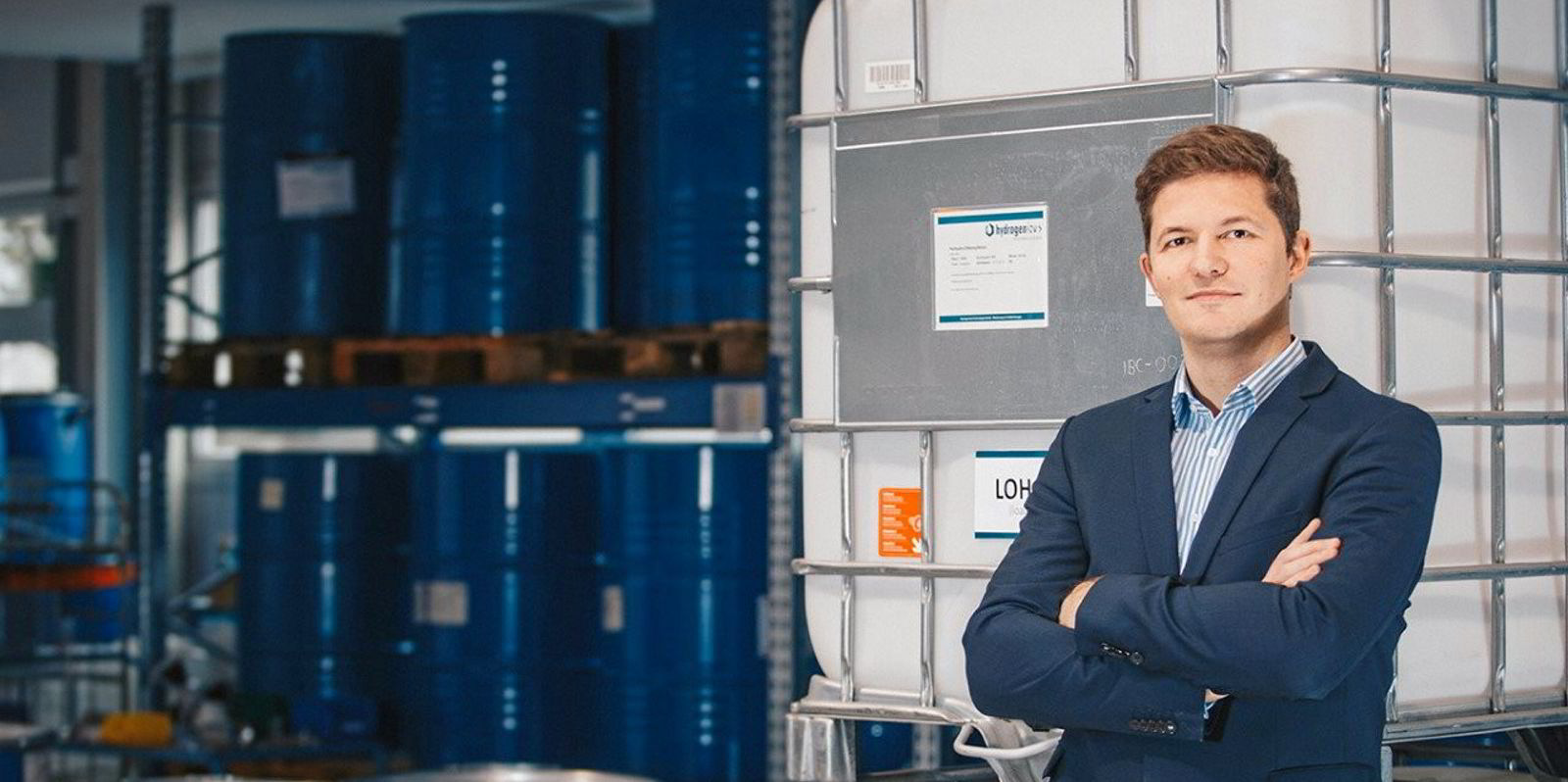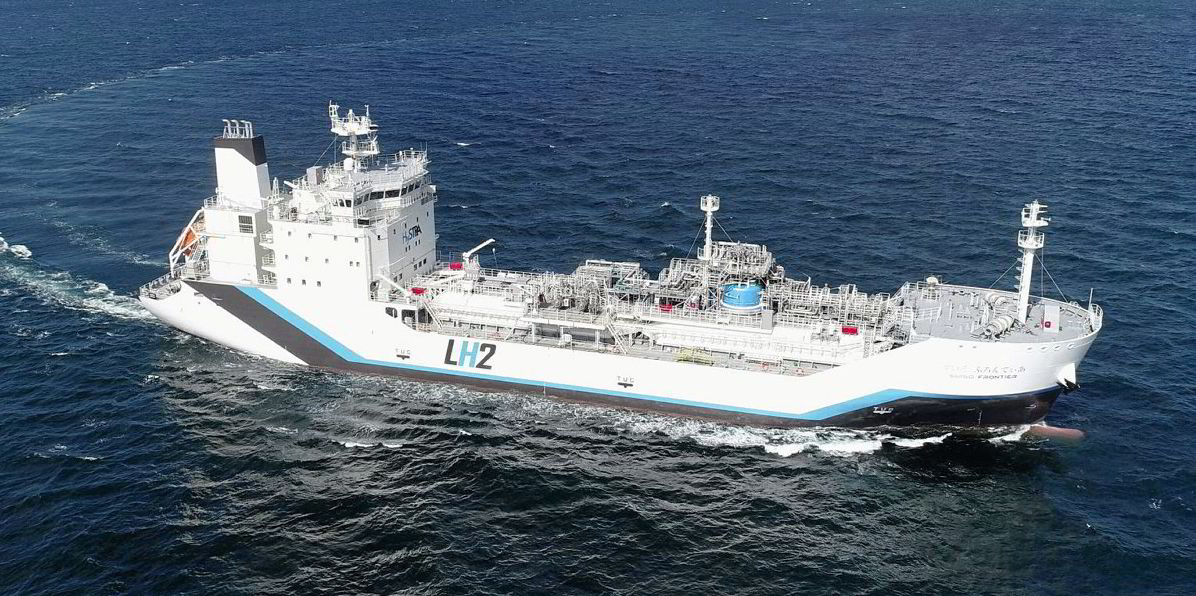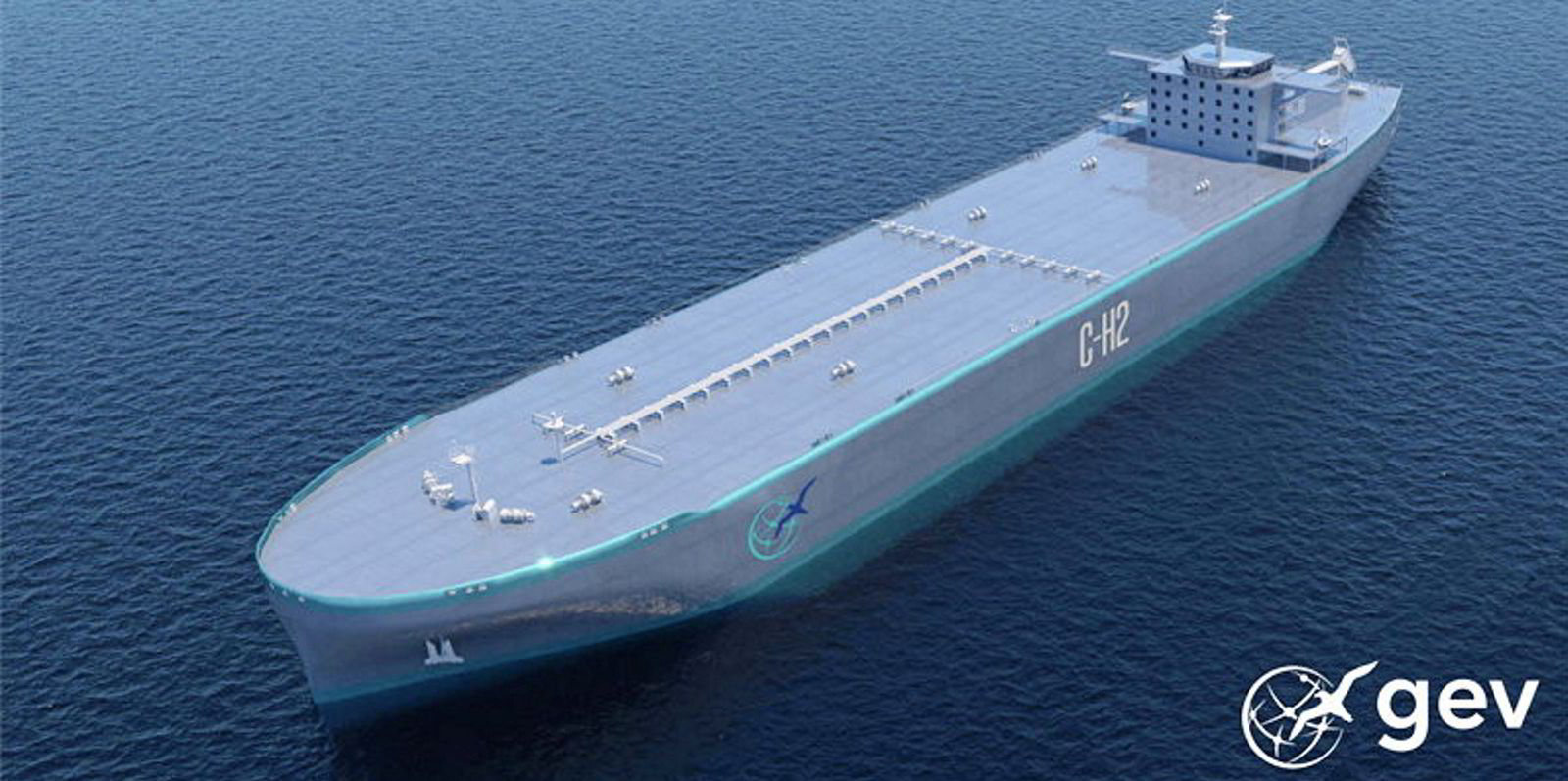Norwegian shipowner Ostensjo Group is aiming to develop a revolutionary new propulsion system based on loading oil with hydrogen.
The offshore vessel company said it is teaming up with Germany's Hydrogenious LOHC Technologies for the project.
The plan is to use liquid organic hydrogen carriers (LOHC), organic compounds that can absorb and release hydrogen through chemical reactions.
These will be combined with fuel cells for zero-emissions shipping with a much higher energy density than compressed hydrogen.
The companies described the plan, called HyNjord, as treading a novel path towards zero-emission shipping.
They aim to have a megawatt-scale commercial product ready by 2025.
Hydrogenious and Ostensjo's owning company, Johannes Ostensjo dy, have formed a new joint venture for the project.
Oil can be loaded many times over
This will be called Hydrogenious LOHC Maritime, owned 70% by the German company and 30% by the Norwegian partner.
The carrier oil is benzyltoluene, which can be loaded and unloaded with hydrogen many hundreds of times and is also recyclable many times over.
The oil can store two to three times more energy compared to compressed hydrogen.
Hydrogenious has developed and patented the LOHC technology, which is a process of loading hydrogen into the thermal oil, as well as releasing it where and when it is needed.
The companies claim LOHC solves the safety question involved in hydrogen as a fuel, as it is neither flammable nor explosive.
Existing infrastructure to be used

And the existing fossil-fuel infrastructure can be used to store and transport large quantities of hydrogen under ambient conditions.
"Our technology is very suitable for maritime use. It is optimal for us to bring our stationary systems, not first on the road, but sensibly on the water," said Daniel Teichmann, CEO and founder of Hydrogenious LOHC Technologies.
"The Ostensjo Group, which is well established not only in Norway but also internationally, has seen LOHC as the game-changer for the decarbonisation of shipping for some time."
Norwegian state climate change agency Enova is backing the project with an award of NOK 26m ($3m).
Ministerial backing
On Friday, Norway's climate and environment minister Sveinung Rotevatn praised Ostensjo for investing in the technology.
Ostensjo's investment director Havard Framnes explained that the group views LOHC as the most promising alternative fuel.
He revealed that all six wind farm service operation vessels (SOVs) under construction for subsidiary Edda Wind have been prepared for LOHC-based propulsion.
"Safety is of course very important for us in these evaluations. However, the fact that we can use existing fuel infrastructure and are able to use familiar fuelling procedures is of importance," Framnes said.
Four weeks without refuelling
"In addition, we can easily carry enough energy on board our vessels in order to operate in normal intervals of up to four weeks without refuelling," he added.
Framnes said the company was "very excited" about the venture and he believes the technology will be suitable for most vessel types.
This makes the market potential huge for the company, he added.
The Enova money will go towards the development of a 200-KW pilot propulsion system using LOHC and fuel cell technology.
This will involve three core components on board: the LOHC release unit, which releases hydrogen from the benzyltoluene, the fuel cell and an interface to the ship's power management system.







